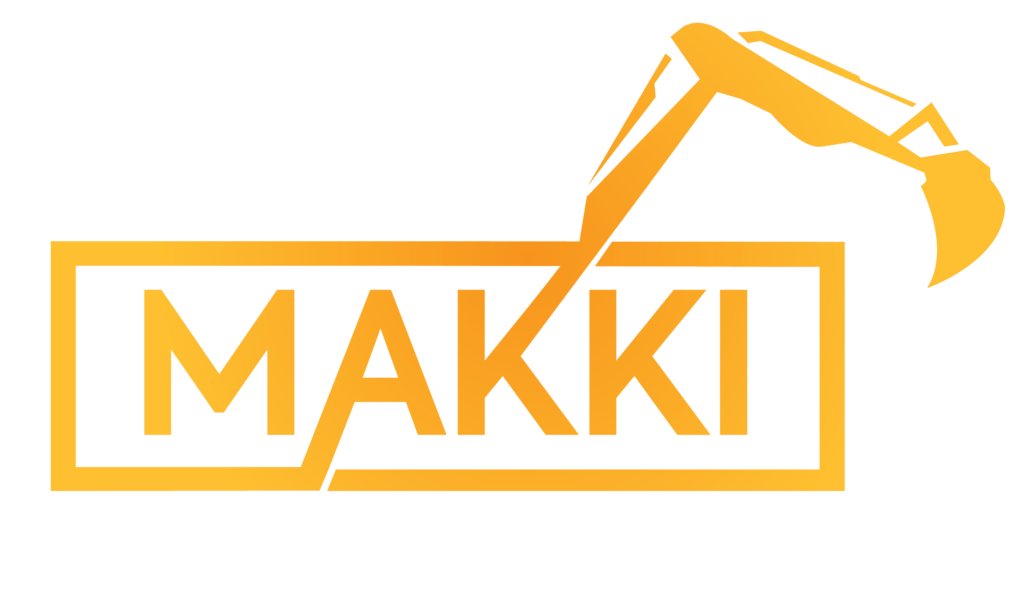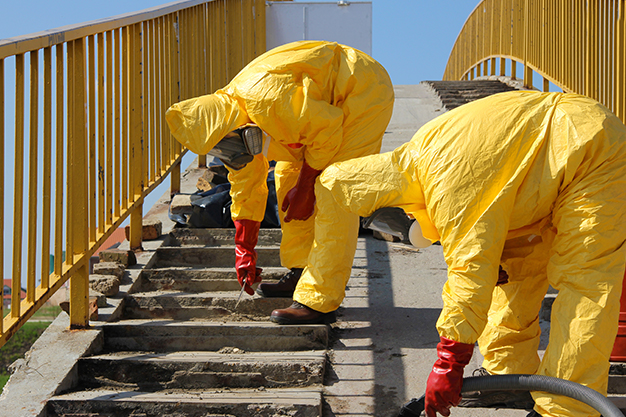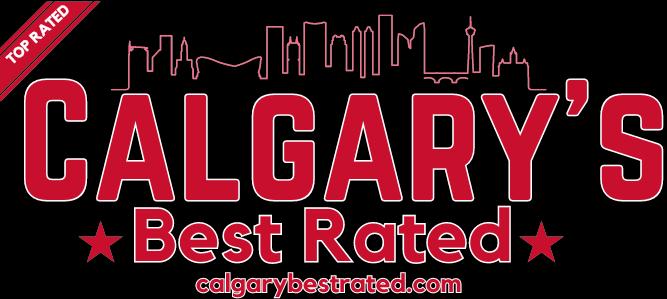Demolition, unlike new construction, begins with uncertainty. Every building carries a history and hidden threats, such as asbestos buried in walls and mould behind drywall. Once disturbed, these materials release more than dust; they put crews at risk and trigger delays. In the worst case, they lead to fines, shutdowns, and lawsuits.
Before anything comes down, something else must come out. Hazardous material removal is the first real task. It protects workers, keeps the project legal, and helps everything stay on schedule.
This blog explains why hazardous material removal is never an option. It also highlights how the poor handling of toxic materials can lead to a severe waste disposal problem.
What counts as hazardous in demolition?
Old buildings hide more than rotten wood and rusted pipes. Some carry dangerous materials, things that no one should breathe in or touch without proper protection.
Common hazardous materials found during demolition include asbestos, lead-based paint, polychlorinated biphenyl (PCBs), mercury, mould, and other bio-contaminants. Many of these products live inside floor tiles, ceiling panels, insulation, wiring, and ductwork.
Once these materials are broken apart, dust and particles fill the air. Without proper control, demolition workers inhale them. These substances can damage the bloodstream, lungs, and much more.
This is why demolition safety starts before anything is torn down. It entails knowing exactly where these hazards are, testing for them, and following the right hazardous material removal steps.
Compliance Matters in Demolition Projects (The Regulatory Web)
In Alberta, no demolition project begins without the removal of hazardous materials. It is the law and not a guideline or suggestion.
The Alberta Occupational Health and Safety Act and Code mandates that before a single wall comes down, every structure must be inspected for hazardous materials like asbestos, lead, mercury, and mould. If any are found, they must be removed by a licensed abatement contractor.
The City of Calgary takes this approach further. To get a demolition permit, construction supervisors or crews need to submit a hazardous building materials report. Whatever materials are found and proof of safe removal must be included in the report. The city won’t issue a permit without it.
Federal and provincial laws also cover waste disposal. Toxic materials must go to approved facilities, and not to landfills or anywhere else.
What is at stake without proper removal?
Poor hazardous material removal opens the door to health risks and legal trouble. The fine particles released into the air from lead, mercury, and asbestos can cause severe health complications if workers inhale them. This includes lung disease, cancer, nerve damage, and other long-term health issues.
Sometimes, symptoms appear within days. There are also cases where they surface years later. Unfortunately, by then, the damage is done.
There is also the legal side. If someone is exposed on-site, the responsibility falls on the project owner or general contractor. Lawsuits, inspections, shutdowns, and rising insurance costs follow.
There have been such cases in Canada, with the latest being in the City of Kamloops. Interior Health was recently fined over $780,000 for drilling into asbestos-containing drywall during a renovation.
Demolition safety or expert handling was not prioritized, as investigations revealed that a licensed team or removal plan was not utilized and followed. Even after removal, standard waste disposal is mandated to ensure those materials don’t cause any form of harm.
How Material Audits and Pre-Demolition Inspections Protect the Project
A hazardous material survey is the first real step. Environmental consultants or industrial hygienists inspect the site. They collect samples and test for asbestos, lead, mould, mercury, and more. Their report shows exactly what needs to be removed and how it can be done safely.
A clear audit helps demolition crews plan ahead, avoid delays, control costs, and ensure demolition safety. It also ties directly to safe construction waste removal.
Once the risks are known, teams can separate materials correctly, follow legal waste disposal steps, and avoid penalties. Skipping this audit simply means poor hazardous material removal.
Waste Handling and Disposal: Where Does the Danger Go?
Toxic debris can’t go into a regular waste bin; also, it can’t be dumped at a local landfill. Calgary has strict waste disposal rules for anything dangerous. Every load must go to a licensed facility approved to handle hazardous waste safely.
This entails tracking, documentation, and proof of where the waste originated, who handled it, and where it was disposed of. Sometimes, disposal certificates are also required before demolition crews can close the job.
Post-Demolition: Why Site Cleanup Is More Than Just Sweeping
Site cleanup extends beyond sweeping up debris. It is about removing every trace of toxic materials, including dust in the air, debris in the soil, and contaminants stuck in nearby walls, windows, or walkways.
A certified cleaning team handles this final step. They run air quality checks, test the soil, and make sure nothing harmful is left behind. If anything is missed, construction can be delayed, or worse, expose future workers to health risks.
For developers and project managers, site cleanup protects more than people. Crews can always start fresh, knowing the ground is safe, clean, and ready. This step is tied to demolition safety, which is the only way to build forward.
Leave Hazardous Material Removal to the Experts
Professionals who value lasting outcomes should always prioritize demolition safety practices through the right partners.
Makki Demolition is one of Calgary’s trusted names in structural and selective demolition. Our team is fully licensed, insured, and dedicated to delivering safe and legal work from start to finish. We bring real experience in:
- Hazardous material removal
- Construction waste removal
- Full site cleanup
The team consists of trained crews that use the right equipment, follow strict procedures, and meet deadlines without cutting safety corners.
If clean results and safe sites are a dire need, Makki Demolition is the right choice for you. Call us today at +1 (403) 392-2803, or contact us online to discuss your next project. We will guide you through the process, manage the removal of hazards and construction waste, and leave your site clean, clear, and ready for the next step.





